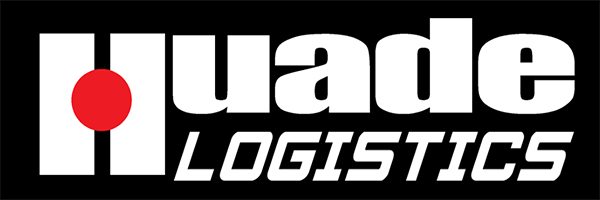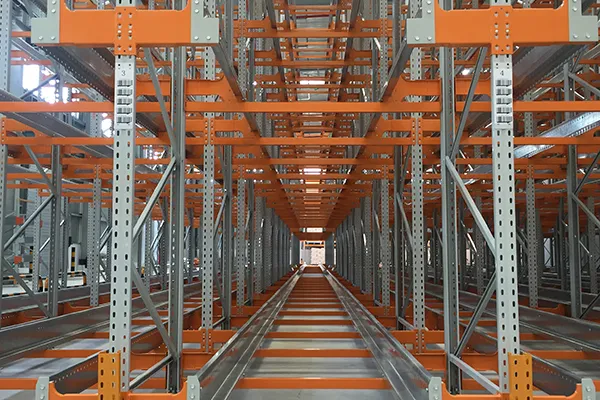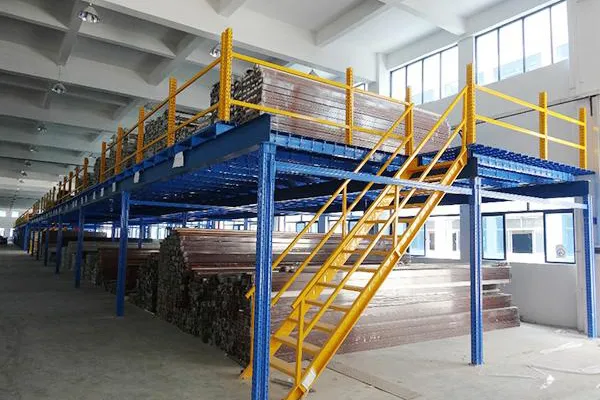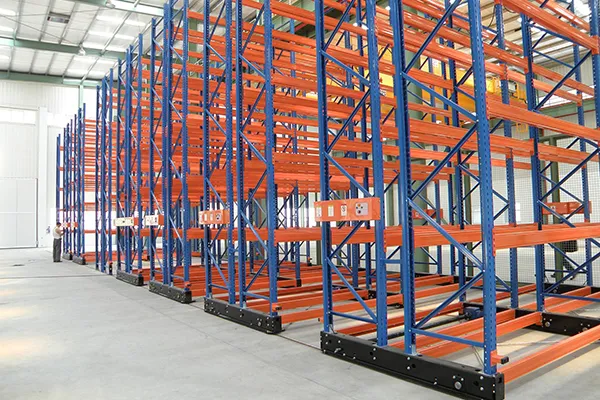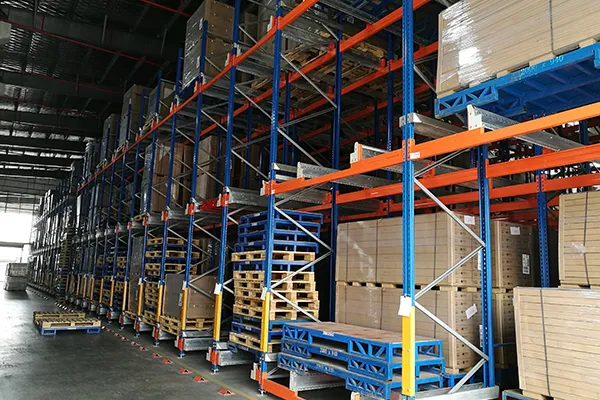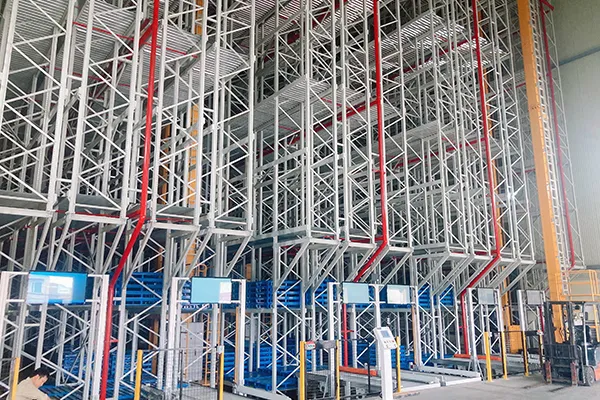Introduction
Steel Mezzanine is a transformative architectural solution that empowers businesses to maximize vertical space efficiently. In today’s competitive industrial and commercial landscapes, where every square foot counts, this innovative structure offers a practical answer to space constraints. By elevating storage, workspace, or operational areas without expanding the building footprint, Steel Mezzanine enables organizations to optimize their existing facilities. This article delves into the essentials of Steel Mezzanine, exploring its structural attributes, functional benefits, diverse applications, and overarching advantages. Whether you’re in manufacturing, retail, or logistics, understanding this system can unlock new levels of productivity and cost savings, making it a cornerstone of modern space management.

A Steel Mezzanine refers to an intermediate floor level constructed primarily from steel components, installed between the main floors of a building. It serves as a versatile platform that creates additional usable space without the need for costly renovations or new construction. Typically custom-designed to fit specific site requirements, a Steel Mezzanine can be freestanding or integrated with existing structures, providing a robust and durable solution. This system is not just a temporary fix but a long-term investment in spatial efficiency, adaptable to various industrial and commercial needs. By leveraging the strength and flexibility of steel, these mezzanines offer a reliable way to address growing space demands, from storage overcrowding to workflow bottlenecks.
Structural Characteristics of Steel Mezzanine
The structural integrity of a Steel Mezzanine stems from its meticulous design and high-quality materials. Key features include:
- Material Composition: Made from high-strength steel, often galvanized or powder-coated for corrosion resistance, ensuring longevity in diverse environments. This material choice provides exceptional load-bearing capacity, supporting heavy equipment, inventory, or personnel safely.
- Design Flexibility: Steel Mezzanine structures can be tailored to various dimensions, heights, and layouts, accommodating unique building contours and operational flows. Customizable elements such as column placements and beam configurations allow for seamless integration with existing infrastructure.
- Support Systems: Typically supported by sturdy columns and beams, with options for bolted or welded connections for enhanced stability. Additional bracing and reinforcements can be incorporated to meet seismic or dynamic load requirements, ensuring compliance with safety standards.
- Flooring Options: The decking can consist of steel plates, grating, or even composite materials, chosen based on usage—for instance, anti-slip surfaces for safety or perforated panels for ventilation.
- Ease of Installation: Many Steel Mezzanine systems are prefabricated for quick assembly, minimizing disruption to daily operations. This modular approach allows for future expansions or reconfigurations as needs evolve.
Functional Features and Capabilities
Steel Mezzanine floors excel in delivering practical functionalities that boost operational efficiency. Notable aspects include:
- Space Utilization: By capitalizing on vertical airspace, a Steel Mezzanine effectively doubles or triples usable area, ideal for storage racks, office mezzanines, or production lines. This vertical expansion helps declutter main floors and streamline workflows.
- Versatility in Use: These structures can serve multiple purposes, such as mezzanine storage for inventory, mezzanine offices for administrative tasks, or even retail display areas. Their adaptability supports dynamic business environments, where needs may shift over time.
- Safety and Accessibility: Integrated features like guardrails, staircases, and gates ensure safe access and compliance with occupational health regulations. Options for lighting, electrical conduits, and fire protection systems can be embedded for a fully functional setup.
- Load Management: Engineered to handle significant weights, Steel Mezzanine systems can support pallet racks, machinery, or high-traffic pedestrian areas, with load capacities often exceeding 150 pounds per square foot.
- Aesthetic Integration: Beyond utility, these mezzanines can be designed with aesthetic finishes to blend with interior decor, enhancing the overall workspace ambiance.

Applications Across Industries and Fields
The versatility of Steel Mezzanine solutions makes them suitable for a wide array of sectors, including:
- Industrial and Manufacturing: In factories and warehouses, Steel Mezzanine levels are used for parts storage, assembly lines, or equipment platforms, reducing floor congestion and improving production throughput.
- Logistics and Distribution: Distribution centers employ these structures for order picking, bulk storage, or sorting areas, optimizing supply chain efficiency and inventory management.
- Retail and Commercial: Retail stores utilize mezzanine floors for backstock, customer lounges, or additional sales space, while offices adopt them for breakout areas or meeting rooms, maximizing rental value.
- Healthcare and Institutions: Hospitals and educational facilities might use Steel Mezzanine for record storage, laboratory spaces, or recreational areas, ensuring organized and accessible environments.
- Other Niches: From automotive garages to agricultural processing plants, the application of Steel Mezzanine extends to any setting requiring spatial expansion without structural modifications.
Advantages and Benefits of Implementing Steel Mezzanine
Adopting a Steel Mezzanine system brings numerous advantages that justify its popularity:
- Cost-Effectiveness: Compared to building extensions or relocating, installing a Steel Mezzanine is more affordable, with lower construction costs and minimal ongoing maintenance. It represents a high return on investment through increased capacity.
- Time Efficiency: With quicker installation timelines, businesses can resume operations swiftly, avoiding prolonged downtime. Pre-engineered components facilitate smooth projects from planning to completion.
- Scalability and Adaptability: As business needs grow, Steel Mezzanine structures can be easily modified or expanded, offering a future-proof solution that evolves with organizational changes.
- Durability and Reliability: Steel’s inherent strength ensures a long service life, resistant to wear, pests, and environmental factors, which translates to reduced replacement costs over time.
- Sustainability: By optimizing existing spaces, Steel Mezzanine contributes to sustainable practices, reducing the need for new construction materials and land use, thus lowering the carbon footprint.
- Enhanced Productivity: A well-designed mezzanine floor improves workflow organization, leading to faster access to resources and better employee morale, ultimately driving business growth.
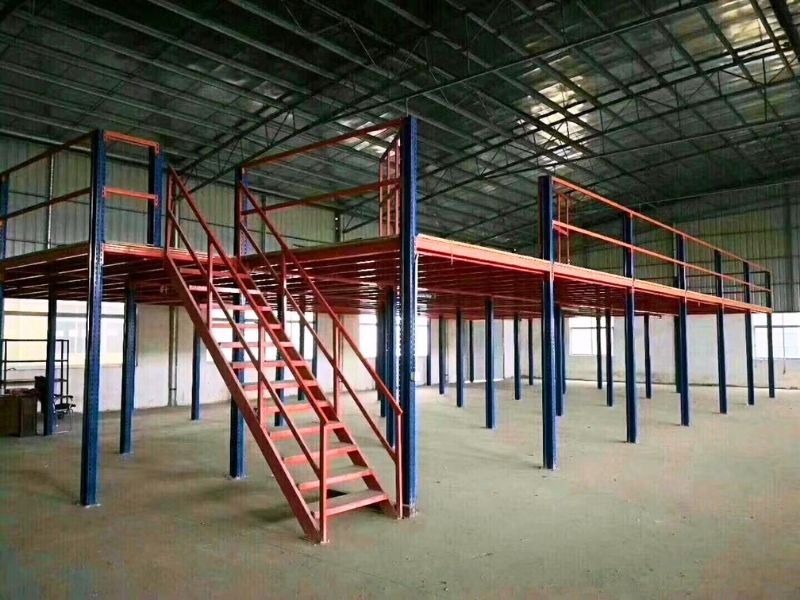
Conclusion: Embracing Innovation with Steel Mezzanine
In summary, Steel Mezzanine stands as a pivotal innovation in space management, offering a blend of robustness, flexibility, and efficiency. From its solid structural framework to its broad functional applications, this solution addresses core challenges in modern industries. By investing in a Steel Mezzanine, businesses can not only overcome spatial limitations but also foster a more organized and productive environment. As demands for efficient space utilization continue to rise, embracing such mezzanine systems will be key to staying competitive. We encourage you to explore custom Steel Mezzanine options tailored to your specific needs—unlock the full potential of your space today and transform the way you operate for a brighter, more scalable future.
